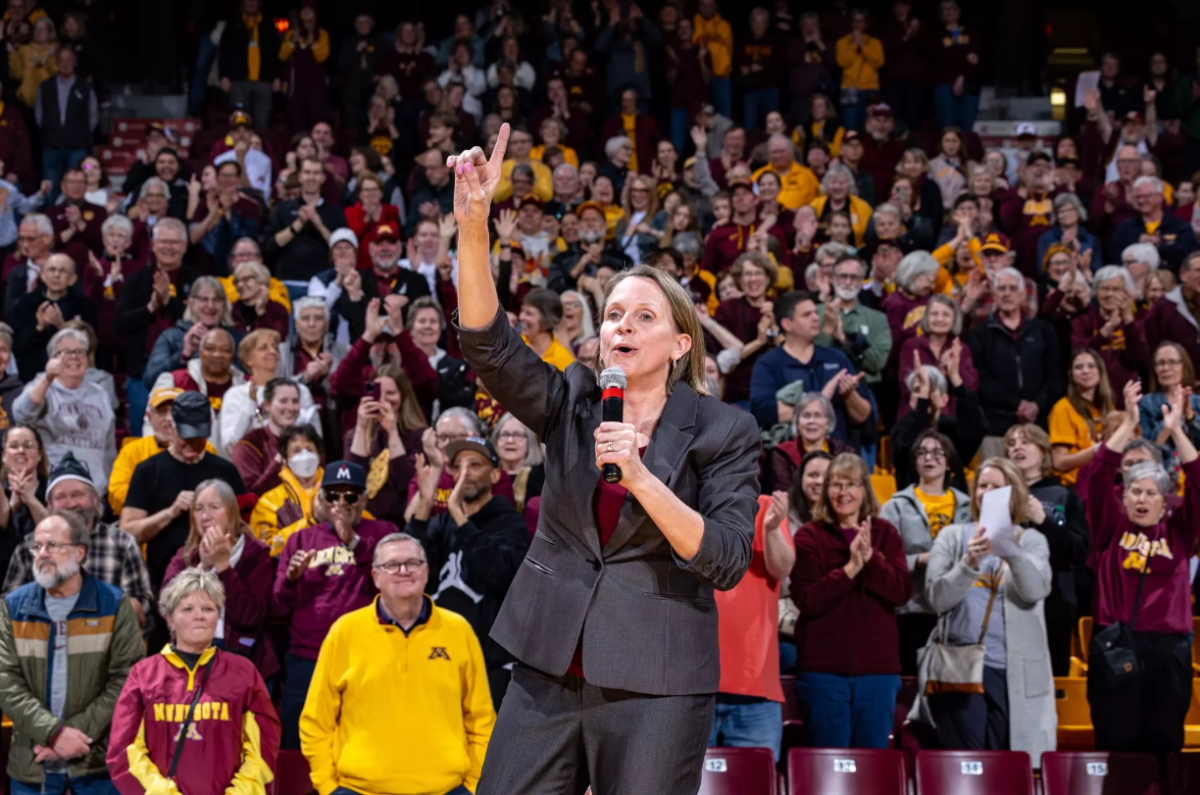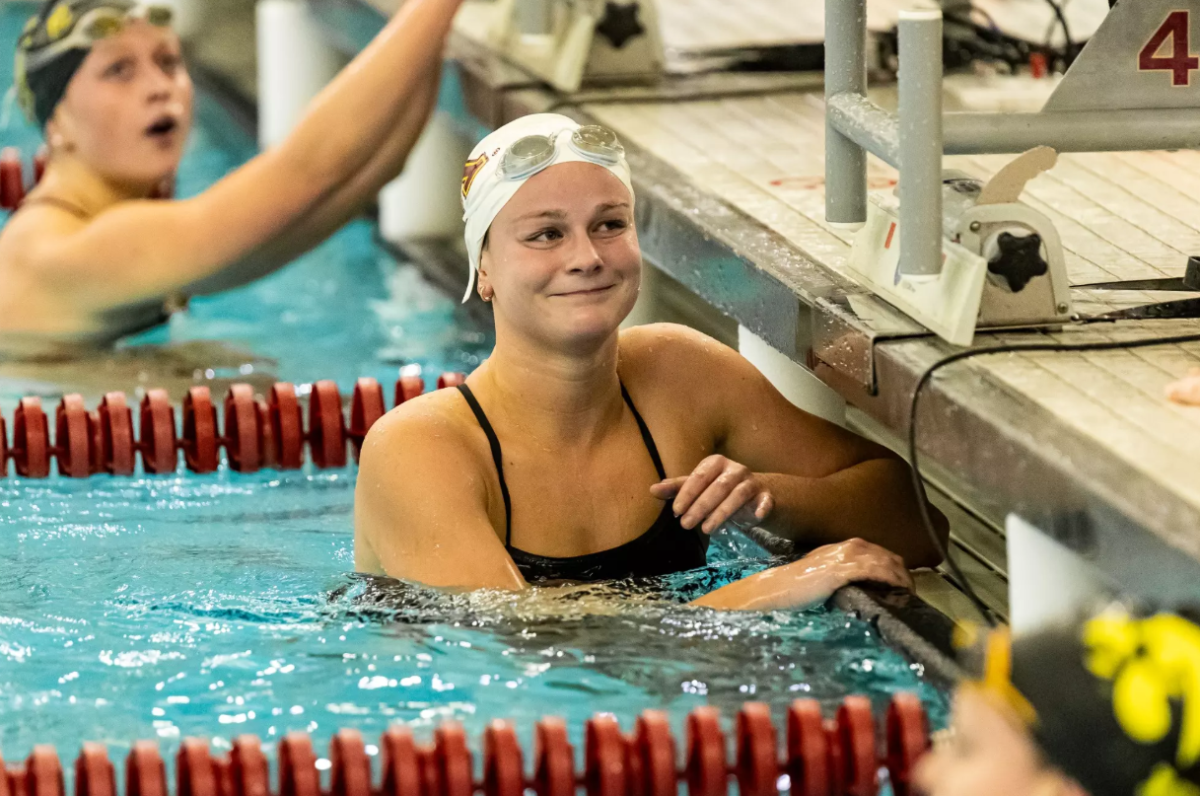Winning has always been a fundamental part of Division I athletics programs.
And in a culture that funnels ever-increasing funding to college sports, winning has become paramount for coaches who have widened the recruitment focus to look beyond state borders and across oceans.
In some sports more than others, international recruitment is not only a reality but is prevalent. Programs such as men’s golf and both tennis programs boast rosters dotted with foreign-born players – last year, six of 11 golfers and 10 members of the men’s and women’s tennis programs were from other countries.
International-athlete numbers outdo Minnesotans on the teams. Just three golfers and seven total tennis players from last year’s squads were homegrown, and that’s not unusual.
Coaches say it’s just the way things are since there’s pressure to win and, for them, the difference between winning and losing can make or break another season with a job.
“My job is on the line, so I’ve got to try to put a product out there,” Director of Golf Brad James said. “If it’s going overseas, that’s the way I will do it. If it’s going to Ohio or Georgia, that’s the way I’ll do it.”
James didn’t sign any international athletes this year, but even in lower-profile sports like golf, there’s a demand to compete nationally, not just in the Big Ten.
“I look for the best players I can get possibly get through the program whether they’re from Minnesota or Europe.”
It’s the same story for women’s tennis coach Tyler Thomson.
Despite the fact that recruiting locally is a top priority, he said, often Minnesota players simply aren’t Big-Ten-caliber in their play.
“It’s rare to have more than one player come out of the state per year that is a Big Ten prospect,” he said. “Sometimes, it’s just not an option at all.”
And the international-athlete trend isn’t unique to Minnesota. Winning teams across the nation enjoy talented rosters full of non-Americans – tapping a talent pool that has many highly skilled competitors.
One of the nation’s best teams at Baylor University had two Americans. Another top team, University of California-Berkeley, had just three.
That means if the pressure is on to win, teams have to be sure they’re accessing the same global resources, Thomson said.
“You’ve got to compete with the teams that are succeeding, and this day and age, most teams that are competing have large international starting lineups,” he said.
But Pat Colbert, the director of junior competitive tennis for the United States Tennis Association northern region, spends a lot of time around young American recruits, and said there are plenty of skilled local players, and the talent pool has thickened in the past five years.
“I think the talent is there, but the stigma’s always been there that Minnesota and tennis don’t go together,” said Colbert.
And Eden Prairie High School boys’ golf coach Ty Armstrong doesn’t quite see the necessity to recruit so far beyond the backyard.
The Texas native acknowledged the talent in Minnesota might not be as rich as it is in a region whose climate allows for year-round play, but still there are high school golfers worth watching in Minnesota.
“The goal for a state university should be to get kids from Minnesota golfing for the team,” he said. “There are some really, really good kids from Minnesota who don’t get the chance.”
In-state high school athletes aren’t blind to the fact that the international-recruitment trend has heavily influenced collegiate men’s golf teams, Armstrong said.
“I don’t see as many kids wanting to go to Minnesota as they should,” he said.
James said he’s signed many of the state’s top golfers during his tenure, but it’s not as simple as doing just that.
“You cannot compete nationally with just Minnesota players,” he said. “You can’t compete even in the Big Ten when other teams are bringing in international talent.”







